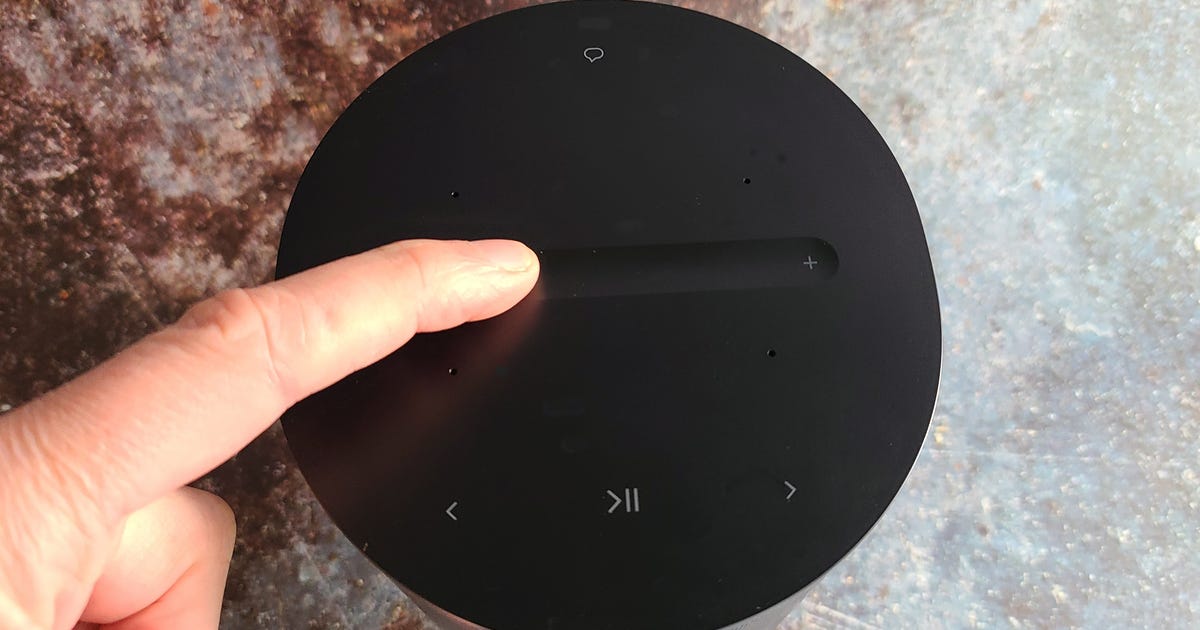
While many may have already written about 3D TV, if you’ve been hanging out for glasses-free models your perseverance might be rewarded very soon. Dutch company Dimenco has launched a Kickstarter campaign for its 4k glasses-free television which it plans to sell this year for €899 (US$1,244).
The 39-inch television will feature an UHD resolution and it has a lenticular coating which gives a real-world 3D resolution of 1080p.
Interestingly, the company says that despite being a native 3840 x 2160 display, the coating will reduce the visible resolution to 1080p with 2D sources. Dimenco has not announced whether the television will accept a 4K input says the TV will accept a 4K input.
“Dimenco has solved the restricted freedom of movement and loss of resolution by applying an unique optical structure on top of the 4K (UD) resolution LCD panels”, according to a press release.
One of the knocks against glasses-free 3D TVs is restricted viewing angles, but Dimenco says “the 3D can be perceived is 140 degrees so you will be able to enjoy from different angles.” The set lacks a built-in tuner, making it technically more of a monitor than a TV.
The company says the Kickstarter campaign will help set up its production line in China with the first TVs expected to arrive in September.
Though we have seen several prototype glasses-free televisions they have yet to make any impact on the market. Toshiba’s model came and went while Vizio’s TV announced in 2013 isn’t due for another year or two.
Updated May 1 with additional information from Dinemco’s rep Bas Ploeger; see his comment below.





